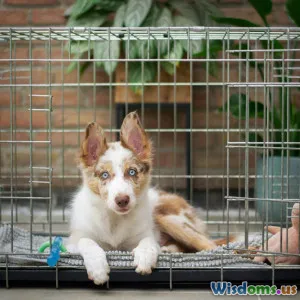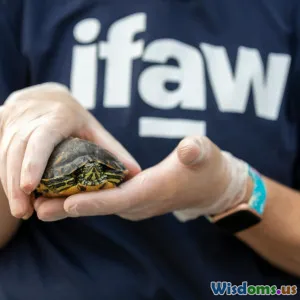
My Year Running a Shelter What Surprised Me Most
12 min read Discover the unexpected lessons and everyday challenges experienced during a year managing an animal shelter. (0 Reviews)
My Year Running a Shelter: The Surprising Lessons No One Told Me
Running an animal shelter always sounded to me like the ultimate act of compassion—a way to spread kindness, find homes for those in need, and turn hope into happy endings. When I accepted the position as shelter manager for a mid-sized rescue organization, I braced myself for long hours, heart-tugging goodbyes, and the occasional heartbreaking loss. What I didn't expect were the profound surprises, subtle realities, and transformative lessons that would shape not just how I work—but who I am.
The People Are the Heartbeat
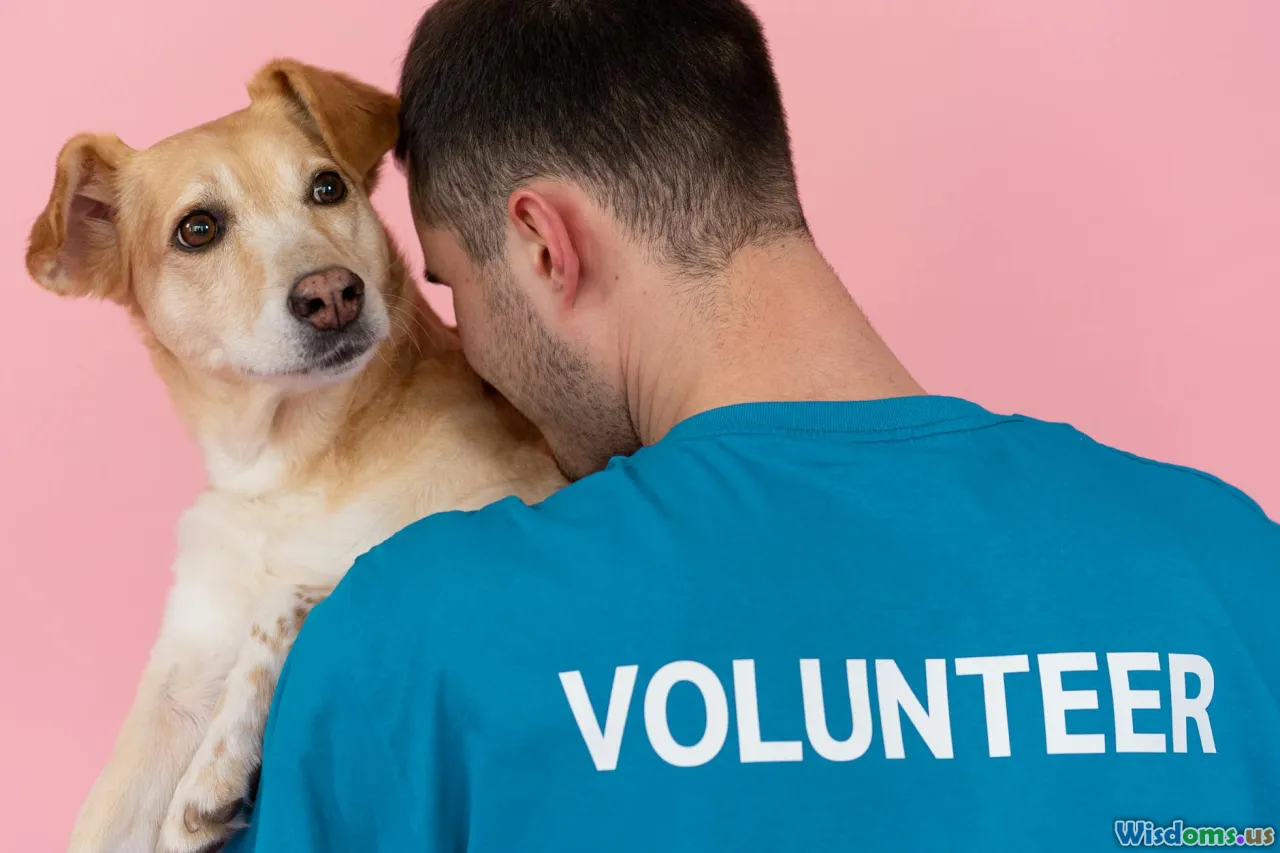
A shelter is far more than kennels, crates, and barking dogs; it's a tapestry of human connection.
When I started, I envisioned the shelter as a place where animals took center stage, their welfare the chief—and only—concern. The reality surprised me: animal care was inextricably bound to human relationships. Volunteers, staff, adopters, donors, and community members each played roles more vital than I ever imagined.
Volunteers: The Unsung Backbone
During my first week, volunteer Lee arrived in the rain, balancing two coffee thermoses and a shy Labrador with skin problems. "He doesn't trust men," Lee murmured, "so I've just been sitting with him every morning at sunrise, letting him eat treats out of my palm." That dog was adopted two weeks later, transformed by patience—and hot dogs.
The Team Dynamic
Every shelter has its cast of characters: the cleaning crew with the best intell on animal escapes; the volunteer groomer who gives raggedy pups their glow-up; the junior high student logging volunteer hours. Over months, I learned managing these personalities was as critical as animal intake. When the staff lunches turned into strategy sessions (and sometimes, therapy), I knew we'd formed more than a workforce—we’d become a surrogate family.
Lessons Learned: Hire for empathy, not just experience. Celebrate milestones together—adopted animals, staff birthdays, volunteer anniversaries. Consistent communication keeps the ship afloat.
Animal Behavioral Mysteries—And Triumphs
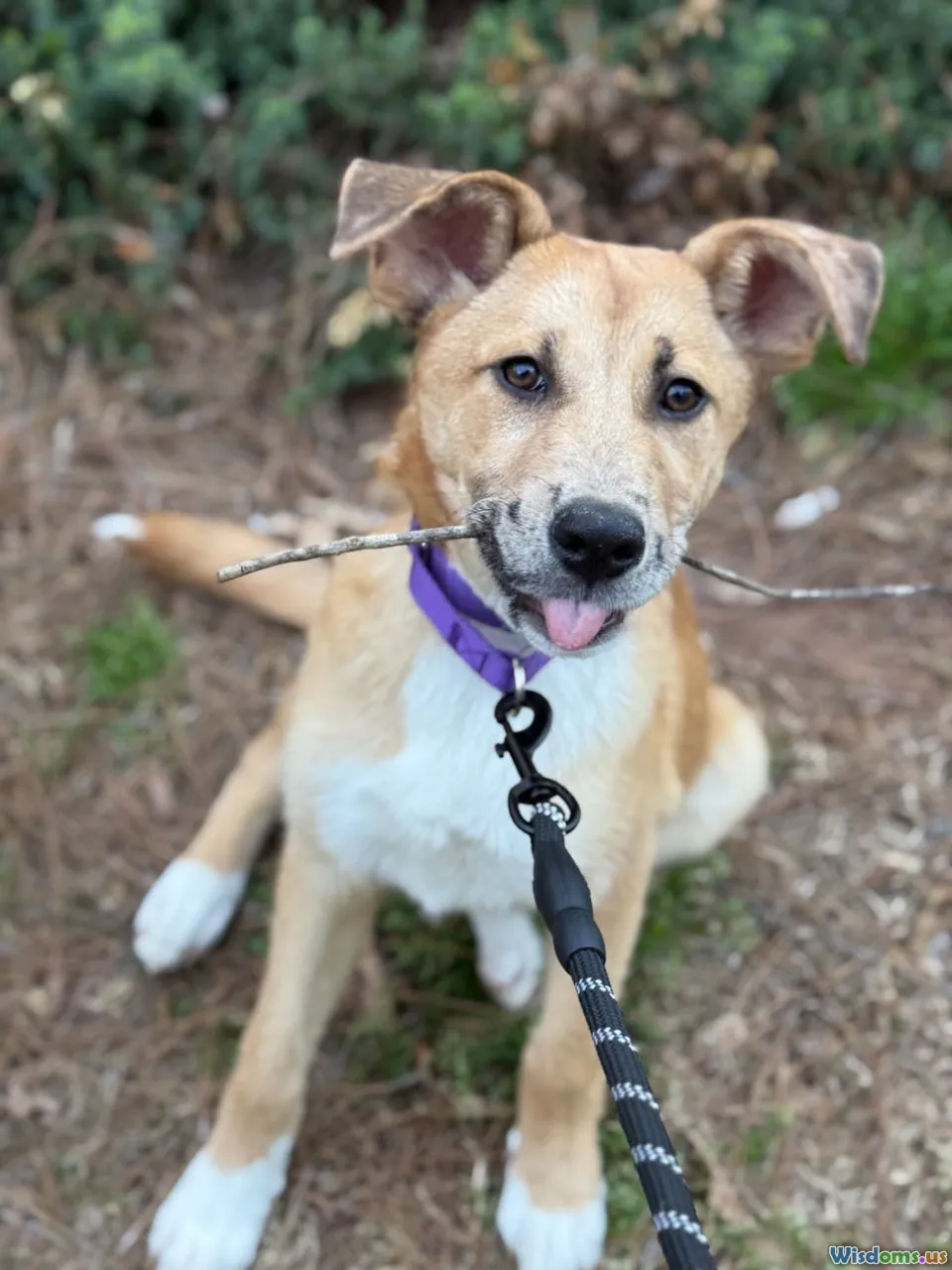
Median shelter stay for a dog in the U.S.: 35 days.
That number speaks to a delicate dance—matching pets to families, as quickly and safely as possible. But not every animal waltzed out the door. Early on, I struggled to understand why certain dogs circled endlessly in their kennels, why some cats flattened their ears in terror, or why bonded pairs couldn't be split.
From Aggression to Acceptance
Ruby, a terrier mix, earned her "most likely to bite strangers" reputation. Using techniques culled from veterinary behaviorists—slow introductions, scent swapping, clicker training—she pivoted from terrified barker to lap-hugger. Month by month, seeing scared animals heal was as satisfying as any happy ending.
The Magic of Feline Confidence
Many people assume cats will "come around" with food, but shelter environments trigger hiding, aggression, or withdrawal. With guidance from feline behavior consultants, we transformed cat rooms—with vertical space, scent soakers, and Feliway diffusers 🎉. Adoptions soared by 38%!
Lessons Learned: Behavior is often a response to fear, not inherent temperament. Invest in training and environmental enrichment. Involve local specialists—fearful animals deserve every chance.
Resourcefulness Is More Vital Than Resources
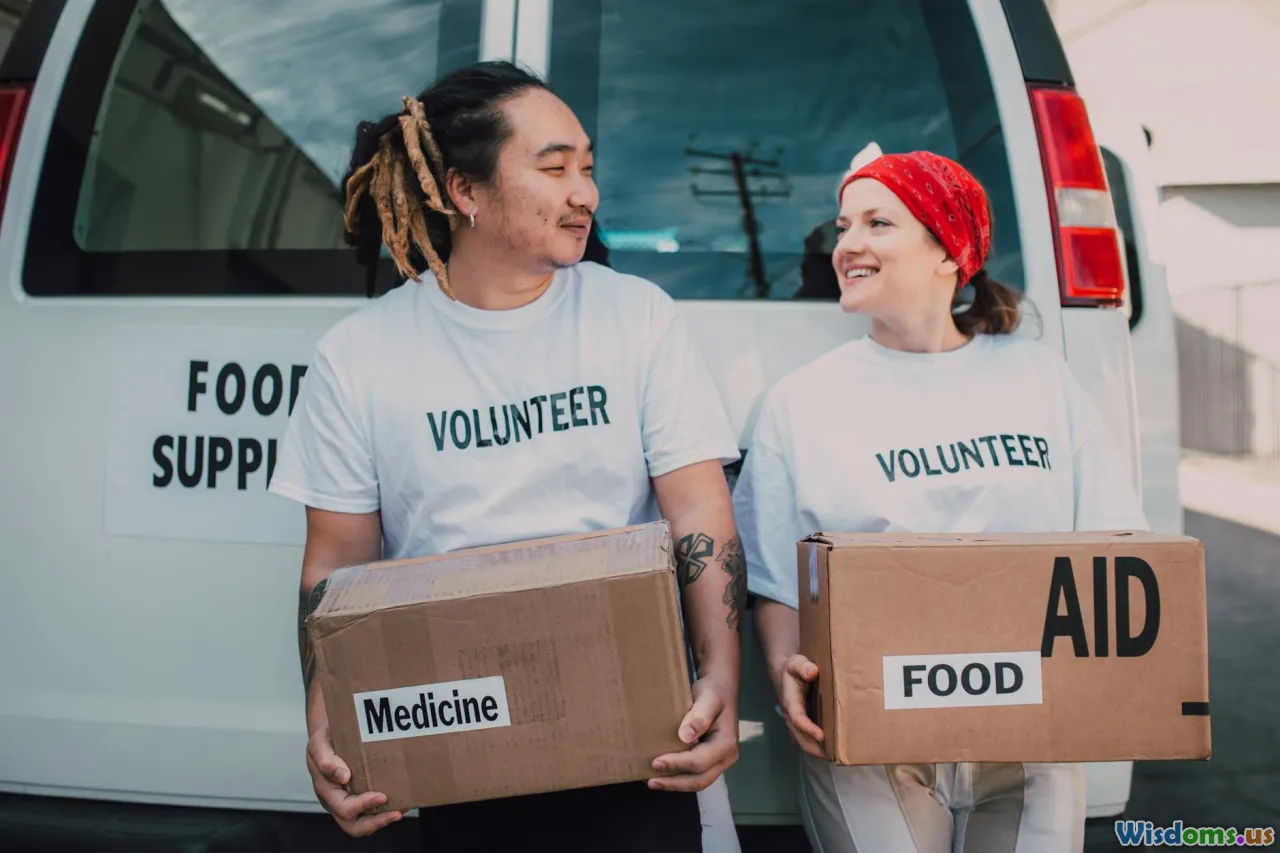
Shelter funds: always limited. Needs: infinite. What do you do when you run out of blankets, have only one functioning washing machine, and five newly surrendered puppies?
Stretching Every Dollar—and Relationship
We ran low on dog food one month. Rather than panic, I asked local businesses for donations and launched a ‘Fill the Food Bowl’ campaign. The community responded with carloads of kibble, and the supermarket manager hand-delivered surplus supplies.
Similarly, when grooming supplies ran dry, a Facebook post sparked a flurry of in-kind supports. Our “Kitty Comfort Quilt” drive gathered 48 homemade blankets in a week!
The Grant Game
Applying for grants was a crash course in salesmanship and storytelling. Narratives about first-aid kits and rescue operations turned into lifelines that funded vaccinations, repairs, and community outreach.
Lessons Learned: Humility is an asset—never be afraid to ask. Tap into hyperlocal networks (church groups, quilting bees, Boy Scouts). Gratitude breeds generosity; thank-you letters matter!
Compassion Fatigue Is Not Optional

Among the hardest lessons: chronic stress wears anyone down. Shelter work means celebrating adoptions and mourning euthanasias—sometimes within hours.
The Weight of Loss
Our team faced a difficult reality: illness outbreaks and behavioral emergencies that sometimes outpaced our capabilities. I recall spending a late evening talking with a volunteer who’d just experienced her first euthanasia. There’s no training for that, only support and empathy.
Combatting Burnout
We experimented: monthly pizza socials, peer support groups, rotating kennel duties to ensure breaks. I distributed a weekly self-care checklist and brought in mental health professionals for workshops. These efforts weren’t a cure-all, but they kept us afloat.
Lessons Learned: Acknowledge the strain openly. Create rituals for closure—candlelight remembrances or sharing success stories. Encourage time off, and model healthy limits.
The Power—and Peril—of Social Media

When people see our success stories online—a once-shy dog rolling in the grass, a rescued kitten purring—they see only the happiest moments. But behind that is a deliberate, strategic communications plan. Social media, done right, becomes a double-edged sword.
Amplifying the Good
We discovered that clever, authentic stories—with compelling before/after visuals—drove our highest engagement. Our "Transformation Tuesday" features doubled web traffic, and led to the adoption of our longest-time resident, Max the tabby.
Navigating Criticism
But digital vitriol can be harsh. One viral negative review led to a deluge of angry messages. Patience, transparency, and active listening—responding directly and inviting critics for in-person visits—helped calm storms.
Lessons Learned: Elevate real stories, not just stats. Apologize when necessary, correct misinformation promptly. A single post can make or break a shelter’s reputation: keep authenticity and communication at the core.
Partnerships Change Everything

No shelter can operate alone. Forming close ties with local veterinarians, rescue transporters, and community organizations expanded our impact far beyond our budget.
The Vet Connection
A compassionate vet offered to spay/neuter twice monthly at reduced rates. Not only did this stretch our funds, but it enabled proactive care. Collaborations with other rescues allowed transport of adoptable pets to cities with higher demand, creating dozens more happy endings.
Community Bonds
One local bakery hosted monthly adoption events—complete with dog-shaped cookies. Meanwhile, a high school senior designed an app for tracking our medical records, saving endless hours. It was a mosaic of talents, all united under the goal of giving animals a second chance.
Lessons Learned: Never underestimate who might help; ask the plumber who fixes your pipes if he'd sponsor a kennel. Seek mutually beneficial alliances—everyone loves a win-win.
What the Animals Teach Us—Daily
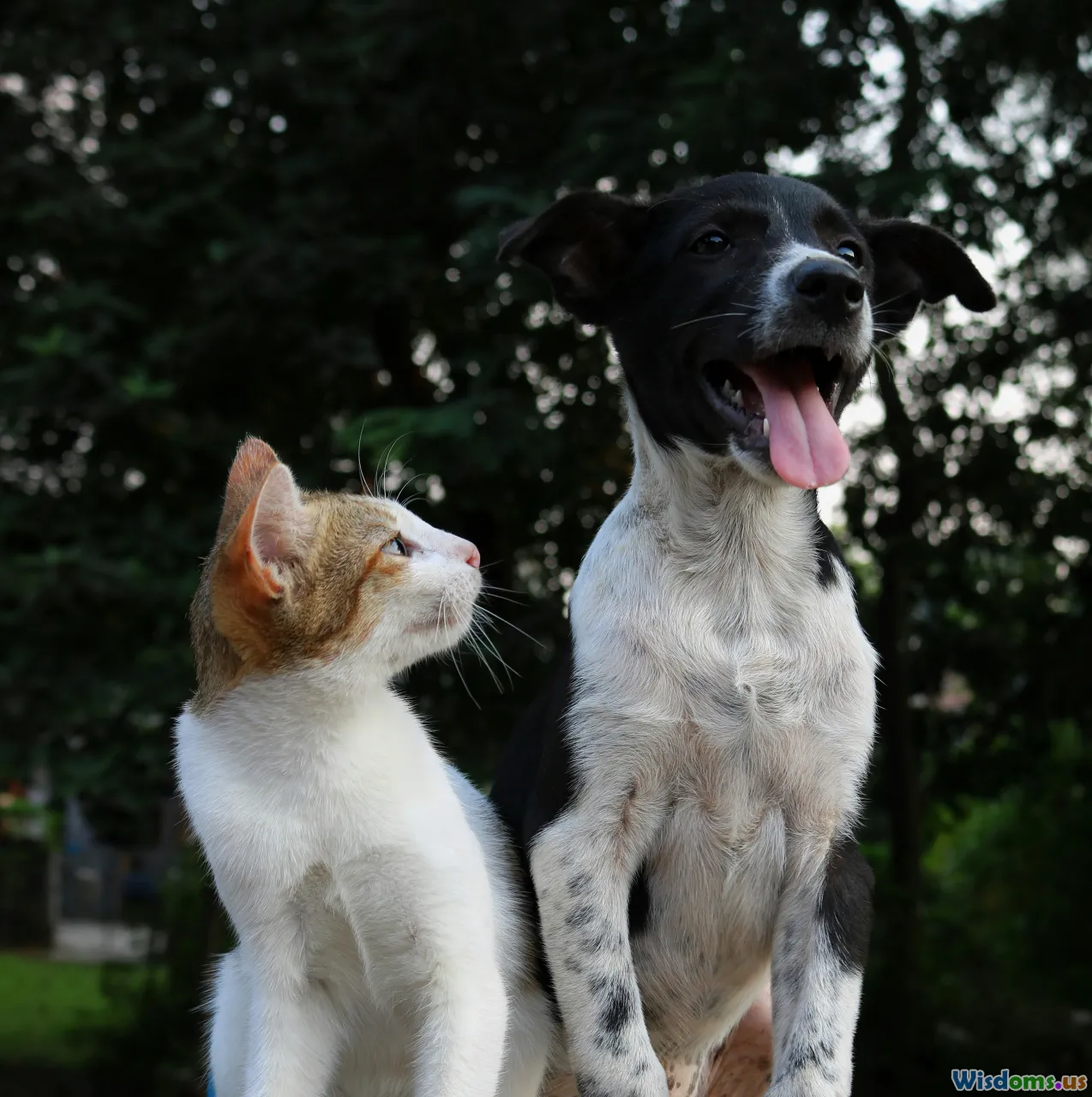
At the end of every shift, after stacks of paperwork and endless phone calls, I would pause in the quiet of the kennel row, watching adopted cats relax in a staff member's lap, or the shelter’s mascot, a three-legged beagle, charm another visitor. The animals' resilience—despite abandonment, neglect, and loss—inspired me more than any training or seminar.
Trust, Rebuilt One Day at a Time
Cora, a pit mix who had witnessed the worst of humanity, wagged her tail at visitors after weeks of gentle, patient engagement. Frosty, an elderly stray, leaned affectionately into our vet tech, melting years of skittishness in a single day.
Unpredictable Joy
Yes, there were heartbreaks. But there was so much laughter—the kittens who swatted paper balls during my supply runs, the parakeet who mimicked the phone’s ring. Lightness balanced the weight.
Insight Gained: The greatest surprise wasn’t the hard work, heartbreak, or even the endless supply requests. It was how profoundly this work changes you. The story of a single animal’s transformation could fuel hope for weeks.
Through my year at the shelter, I expected routines and responsibilities. Instead I found a calling, a community, and a deeper understanding—that every adoption, every healed wound, and every kind gesture echoed further than I ever realized. The shelter animals weren’t the only ones getting a second chance; often, so was I.
Rate the Post
User Reviews
Popular Posts










